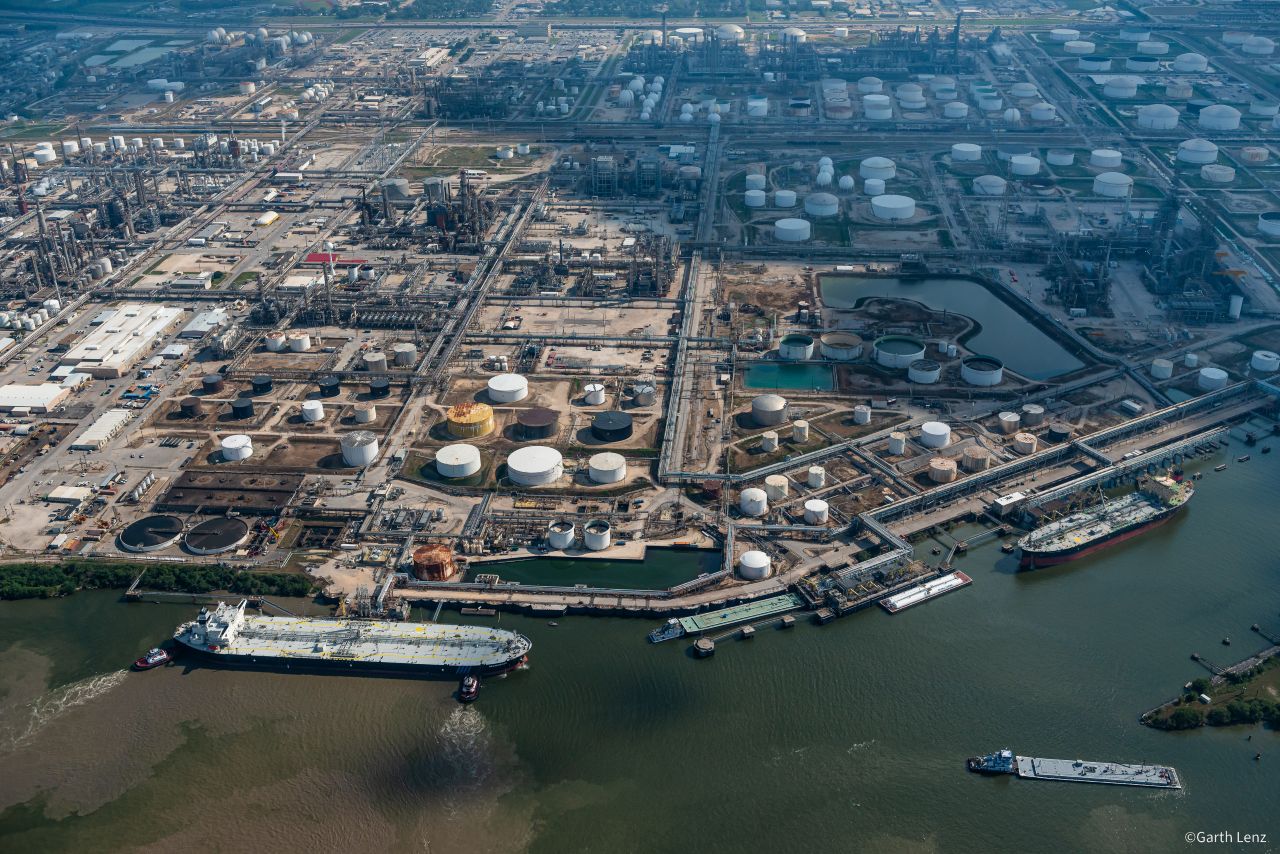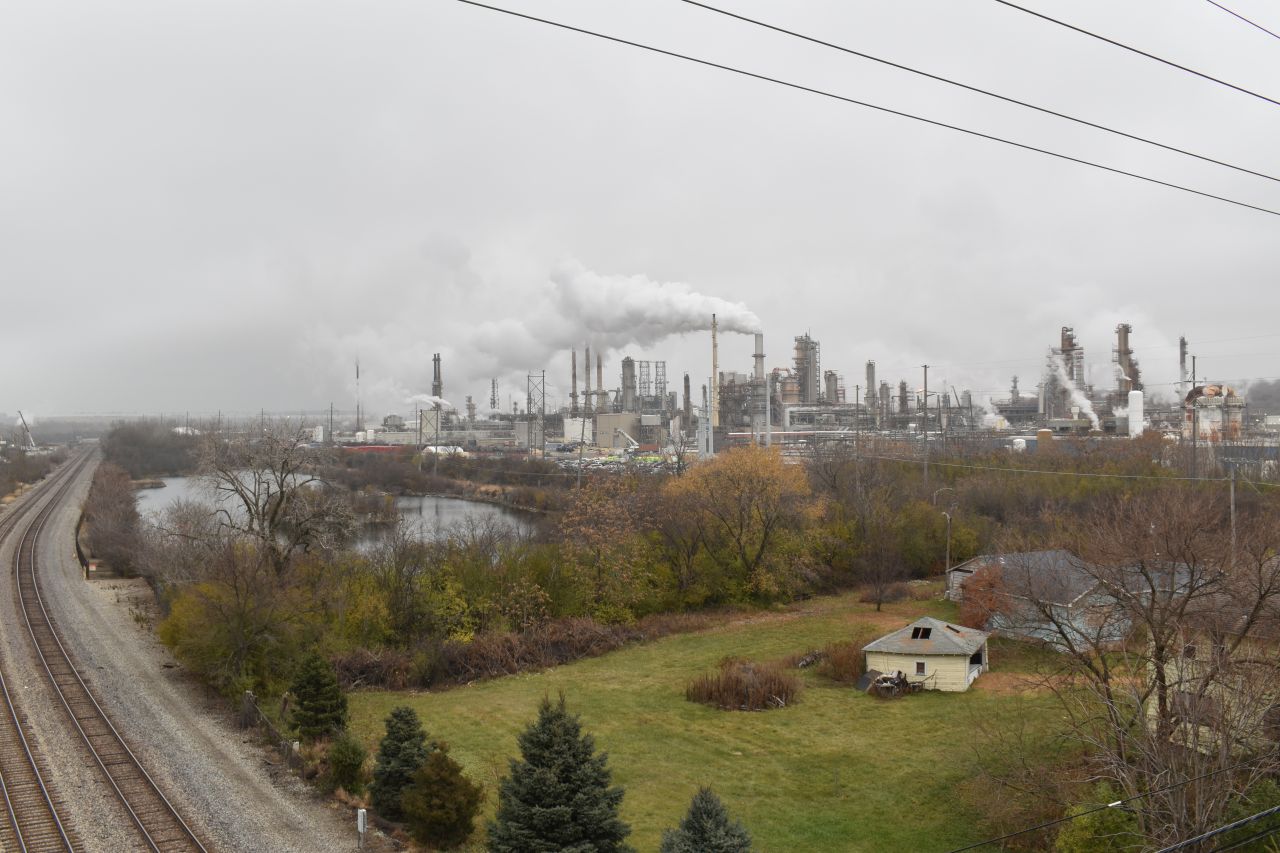Ten years after West Texas explosion, booming fertilizer industry poses risks to environment and public safety

On April 17, 2013, one of the most destructive chemical disasters in modern U.S. history took place in the town of West, Texas, a small farming community north of Waco. Ammonium nitrate fertilizer stored in wooden bins exploded during a fire. The blast killed 15 people, injured another 260, and levelled more than 120 buildings.
In the decade since then, ammonium nitrate has been involved in at least 106 spills or accidental releases across the U.S., seven of which involved fires, five of which required evacuations, nine of which resulted in 13 injuries, and two of which resulted in deaths, according to federal records.
On Jan. 31, 2022, an even worse explosion was only narrowly avoided when a fertilizer depot in Winston-Salem, North Carolina, holding 10 times the amount of ammonium nitrate as in West, Texas, caught fire in a residential neighborhood, but did not detonate.
At a time when the nitrogen fertilizer industry is growing rapidly across the U.S., the near miss in North Carolina illustrates how little has been done over the past decade to prevent such disasters, despite efforts at reform from U.S. Senators and others. For example, the independent U.S. Chemical Safety Board has been urging EPA to add ammonium nitrate to its list of highly hazardous chemicals – a change that would require fertilizer companies to create safety plans to keep ammonium nitrate from exploding, undergo inspections, and share risk information with local fire departments. But EPA still has not taken this and other steps to reduce the threats of accidents and pollution releases from the fertilizer industry.
That is one key finding from “The Fertilizer Boom: America’s Rapidly Growing Nitrogen Fertilizer Industry and its Impact on the Environment and Public Safety.” The report by the Environmental Integrity Project examines a massive recent growth in the U.S. ammonia fertilizer industry and the environmental and public safety implications.
Companies are planning 12 ammonia nitrogen fertilizer projects (nine new plants and three expansions) that together could boost the capacity of the U.S. nitrogen fertilizer industry by 58 percent, from just under 20 million metric tons annually to about 31 million metric tons. The expansion is a result of the war in Ukraine (which led to sanctions of Russian natural gas, a central ingredient in nitrogen fertilizer) and hydraulic fracturing in the U.S., which has made American natural gas cheaper. Incentives for farmers to grow more corn to meet ethanol mandates in vehicle fuel are also playing a role. (The growing number of proposed “clean” ammonia plants that plan to make fuel—not fertilizer-- will be covered in a future article).
The new plants would add to the 30 existing plants in the U.S. that produce ammonia for fertilizer. These 30 plants combined piped 7.7 million pounds of nitrogen pollution — including 3.9 million pounds of toxic ammonia– into U.S. waterways in 2021. That’s as much nitrogen pollution as from 62 sewage treatment plants.
Nitrogen fuels the growth of algal blooms that suck oxygen out of the water, leaving “dead zones” that suffocate fish and other forms of life. Below is a list of the Top 10 plants that reported discharging the most total nitrogen water pollution in 2021.
Water pollution standards for these fertilizer plants are outdated. Under the federal Clean Water Act, EPA is supposed to review these standards regularly and update them at least every five years as evidence shows that technology for controlling pollution has improved. But the agency has not updated these standards for the fertilizer industry since 1986. Weak and outdated EPA standards (called effluent limitation guidelines) mean more pollution is pouring into waterways than the law should allow.
Despite these nearly 40-year-old federal pollution control standards, many plants struggle to meet the water pollution limits in their permits. Two-thirds (20 out of 30) violated their limits at least once over a five-year period, from March 20218 to March 2023, according to EPA enforcement data. But only 25 percent of the plants with violations (5 of 20) have been subject to a formal enforcement action, and only 15 percent (3 of 20) were penalized for their water pollution violations over the same time period.
Fertilizer plants are also a significant source of greenhouse gas emissions contributing to climate change. Combined, they reported releasing 46.8 million tons of greenhouse gases in 2021 – as much as nine million gas-powered passenger vehicles driving for a year. They also reported emitting 16,146 tons of nitrogen oxide air pollution, as well as 12,491 tons of ammonia, 5,227 tons of sulfur dioxide, and 3,981 tons of volatile organic compounds (all of which contribute to smog); 1,929 tons particulate matter (which can trigger asthma and heart attacks); and 12 tons of benzene (a known carcinogen).
Three of the new ammonia nitrogen fertilizer plants proposed for construction are in Texas (one in Beaumont and two in Texas City, south of Houston, the site of an April 16, 1947, ammonium nitrate fertilizer explosion that killed 581 people.) The other new nitrogen fertilizer plants are proposed in Illinois, Indiana, Pennsylvania, California, Nebraska, and North Dakota, according to permit applications and other public records. Two expansions of existing fertilizer plants are planned in Donaldsonville and Geismar, Louisiana; and one in Kenai, Alaska.
The industry’s expansion comes despite a track record of safety issues associated with ammonium nitrate – a solid form of nitrogen fertilizer that can explode when improperly stored or handled – and anhydrous ammonia – a compressed liquid form that can turn into a cloud of caustic gas when released.
Over the last century, 641 people in the U.S. and 1,237 globally have been killed in major explosions of nitrogen fertilizer, according to a Chemical Safety Board report.
Following the West, Texas, disaster, the U.S. Senate’s Environment and Public Works Committee held hearings to explore better regulating the chemical. One key solution the Chemical Safety Board has proposed since 2002 is adding ammonium nitrate to the list of 140 hazardous chemicals that trigger a requirement to enroll a facility that stores the chemical in the EPA’s Risk Management Program. Under that program, facilities that store hazardous substances must submit formal risk management plans to the EPA and update them every five years. The EPA inspects these facilities to ensure they comply with their own risk management plans.
Asked in the 2013 hearing why the EPA has avoided adding ammonium nitrate to the list, Barry Breen, EPA deputy administrator in charge of the Office of Solid Waste and Emergency Response, responded by describing the recommendation as an “inadequate approach.” Breen told the committee, “we need to understand the issue better, and that’s what we’re doing now.”
The committee’s chair, former Democratic Sen. Barbara Boxer, was not satisfied with the response, telling Breen that she did not “sense in your voice any type of shock or desire to use your authorities to move forward.”
“I am sympathetic to the fact that there’s work to be done,” Boxer said. “I am unsympathetic to the attitude that I hear, which is a lack of urgency, because lives are being lost and recommendations were made a long time ago, and nothing’s happening.”
In its 2016 final report on the West explosion, the Chemical Safety Board reiterated its call for the EPA to include ammonium nitrate on the list. Other regulatory agencies and public safety advocates have argued for the same response. In an April 2016 comment letter to the EPA, Iclal Atay, chief of the Bureau of Release Prevention at the New Jersey Department of Environmental Protection, wrote that his department agrees with the Chemical Safety Board’s recommendation to add ammonium nitrate to the RMP rule.
In 2022, the EPA reopened its Risk Management Program (RMP) rule for public review under a plan to reverse rollbacks of the rule that occurred during the Trump Administration. The agency has not yet announced its final rule.
In a technical advisory document issued in April 2022, the EPA shed some light on its thinking behind its decision not to add ammonium nitrate to the list. Though the agency acknowledged “incidents involving [ammonium nitrate] may be among the most severe and highest-profile accidental releases both in the United States and around the world,” it still “contends that there are numerous issues that make regulating [ammonium nitrate] and other reactive substances complex and distinct.”
The EPA argued that more specific regulations might work better for smaller retail facilities, such as the West and Winston-Salem fertilizer depots, whereas the RMP rule is intended more for large manufacturers with large safety staffs.
The EPA has long faced stiff opposition from the fertilizer industry to adding ammonium nitrate to the Risk Management Program. An Oct. 31, 2022, letter from major industry trade group the Fertilizer Institute wrote that ammonium nitrate is already “subject to a myriad of existing regulations” that are “designed to protect the public.”
Another industry group, the Institute of Makers of Explosives, argued:
“Ammonium nitrate is not a volatile or self-reactive chemical requiring constant diligence in its handling. Rather, it is a stable, relatively benign substance when it is managed properly. Moreover, the proper management of [ammonium nitrate] is simple, well understood and easily accomplished,” the institute said in a letter to EPA.
Investigators who examined the West, Texas, disaster found that firefighters were better prepared for the risks of anhydrous ammonia – the liquid form of ammonia fertilizer – which is regulated under the EPA’s Risk Management Program. Adding ammonium nitrate to the list would mean that facility operators would share more information about whether they’re storing the chemical with first responders.
“Members of the West Volunteer Fire Department were well aware that anhydrous ammonia could potentially take the form of a toxic cloud able to drift into nearby homes,” Chemical Safety Board investigator Dr. Samuel Oyewole said in a 2016 video accompanying the investigation. “But the firefighters did not anticipate the potential for an explosion of the fertilizer-grade ammonium nitrate.”
Ammonia fertilizers are an important tool for farmers to grow enough crops to sustain a global population of 8 billion. However, their overapplication also leads to harmful runoff and algae blooms that cause a decline in oxygen in creeks, river, and lakes. Runoff from Midwestern farms is a major reason for the Gulf of Mexico Dead Zone, the second largest in the world.
Farmers can avoid overapplying fertilizer by following what experts have called the 4R System – using the right fertilizer products, at the right rate, at the right time, in the right place. Homeowners can also avoid overapplying fertilizers by replacing lawns and nonnative plants with natives that require no fertilizer.















